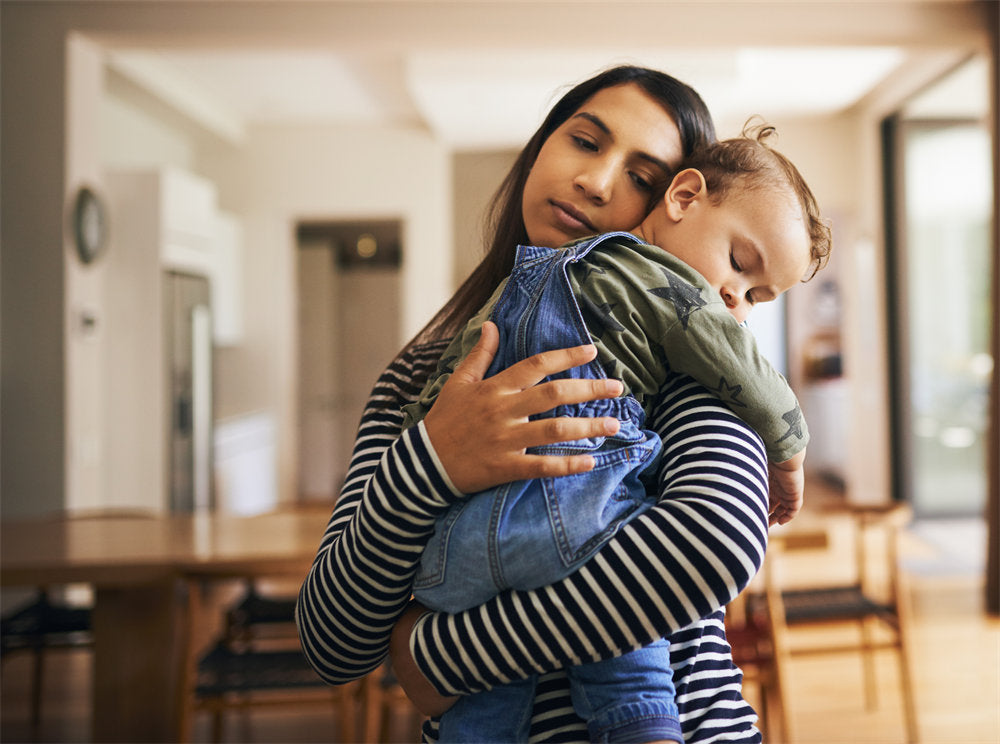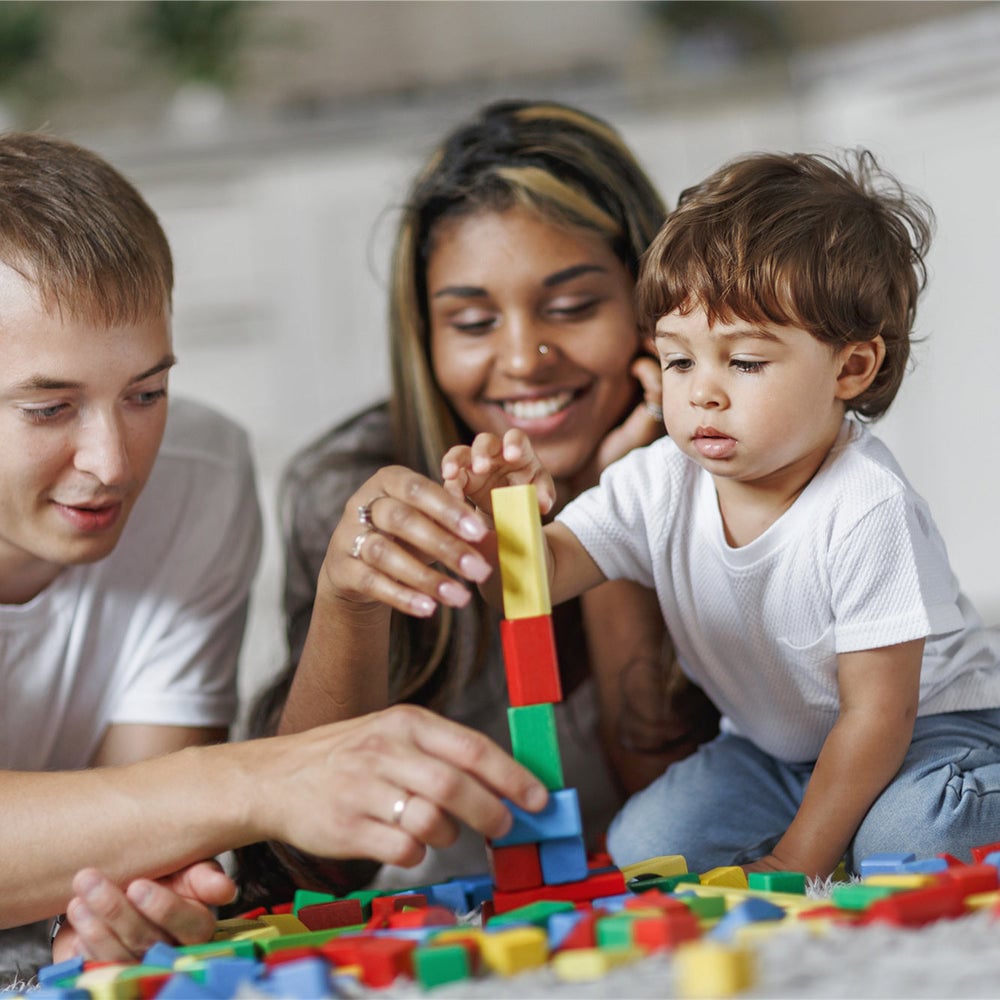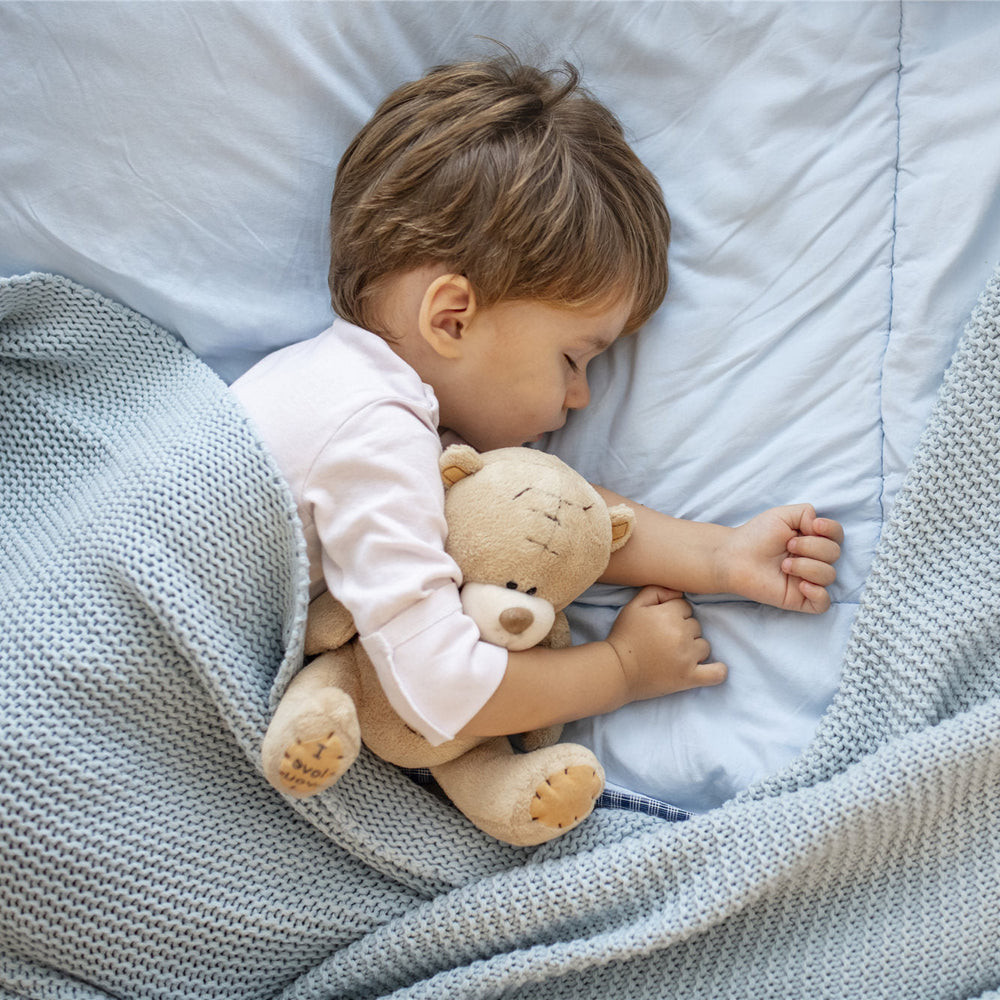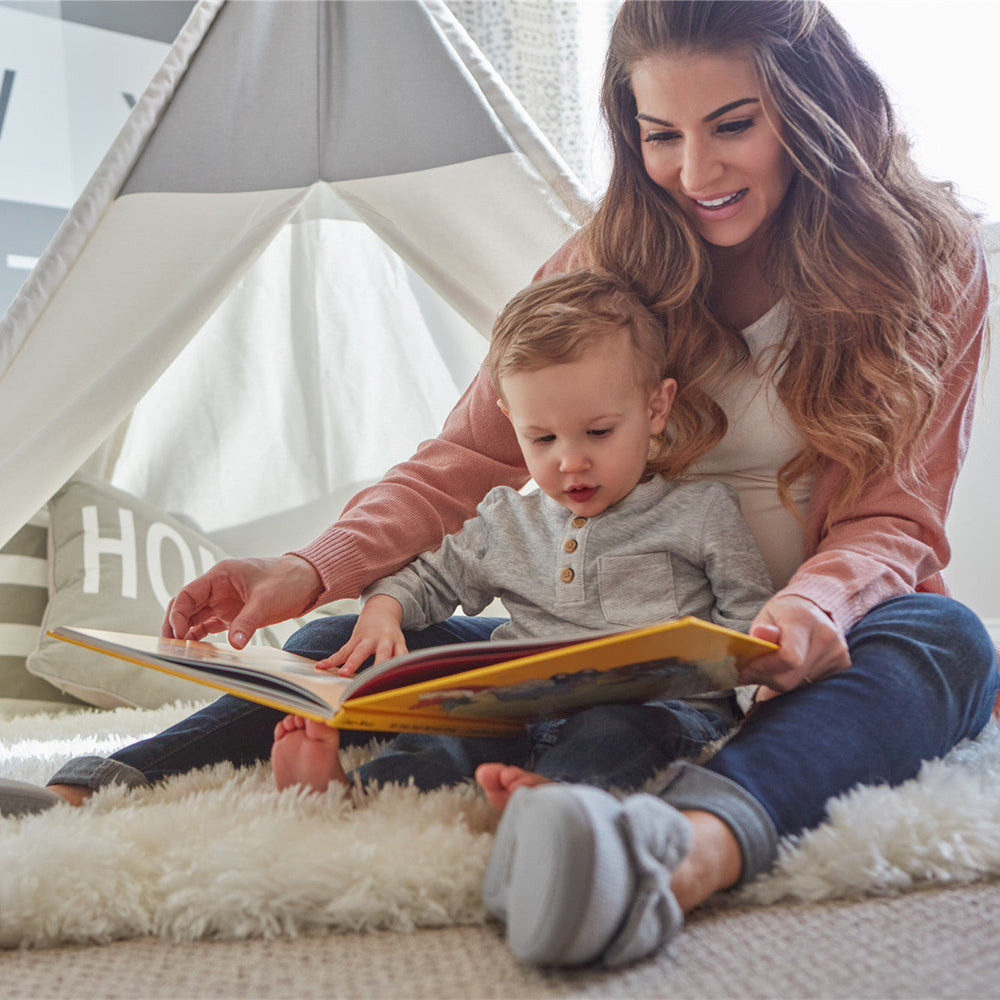🎁 FREE SHIPPING FOR ALL ORDER NOW 🎁
The Ultimate Guide to One-Year-Old Sleep: Tips and Tricks
You already know that letting your one-year-old on a sleep schedule is crucial for growth and development. But what you may not know is that sleep deprivation in one-year-olds has been linked to behavioral problems, poor cognitive development, and even obesity later in life (source).
According to the National Sleep Foundation, one-year-olds need 11-14 hours of sleep daily, including naps and nighttime sleep (source). However, getting your little one to sleep through the night and take regular naps can be challenging, especially when sick or teething.
We've put together this ultimate guide to help you and your one-year-old get the sleep you both need!
Establishing a Bedtime Routine
One of the most important things you can do to help your one-year-old get the sleep they need is to establish a consistent bedtime routine. And yes, that means doing your best to stick to a consistent time every day.
A study published initially in Sleep Medicine Reviews found that infants and toddlers who followed a consistent bedtime routine had better sleep quality and were less likely to wake up during the night (source). More than that, the same study found that a regular nightly routine promotes broad development and wellbeing in childhood.
The thing is, a nightly routine packed with nurturing, physical care, calming, and undistracted time together is what babies and toddlers need at the end of a busy day. Bedtime routines will look different from family to family. Here is a list of typical bedtime routine activities:
-
bath time
-
brushing teeth
-
healthy bedtime snack
-
reading bedtime stories
-
singing or lullabies
-
listening to an audiobook together
-
coloring
-
rocking
-
talking about the day
-
playing music
-
evening walk
-
sitting outside on a balcony, porch, or sitting area, watching the stars come out
Choose whatever activities work for your family and help your child calm down. Some kids get wound up when outside, while others find it peaceful. Some prefer rocking over listening to music. Do what works for you!
Can I Mix Up Our Bedtime Routine?
Yes and no. Some one-year-olds are flexible with what happens in a bedtime routine as long as the basics, like hygiene and time together, happen. However, some personalities do not handle mixing up bedtime routines well at all, especially in changes of place.
Changes in routine now and then will inevitably happen, such as new places, traveling, staying the night with family or friends, or seasonal changes in how long the sun is up. Ensuring that your little one has two or three things that always happen regardless of where you are or how late you stay up mitigates some stress.
Learning to cope with changes in expectation and being satisfied with what you've got are life skills your little one will have to learn, but expecting him to understand them at one year old is unrealistic. So, ensuring hygiene and one activity always happen is helpful, calming, and realistic while traveling or staying with a family member.
Believe it or not, having a bedtime routine is incredibly helpful as a parent. You know all the things that have to be done, and your toddler soon expects them. Yes, some disobedience will likely happen, but you'll have the standard schedule to set boundaries that your toddler understands more and more with time.
Helping Your One-Year-Old Sleep Through the Night
Many parents struggle with getting their one-year-old to sleep through the night. Generally speaking, it takes a baby three to six months to develop their circadian rhythm. From there, they will gradually sleep more at night and less during the day. But, with a toddler wanting to nap off and on, sleep for you is scarce.
As babies transition into toddlerhood, they tend to become more active while awake. Running around, exploring, discovering, learning, talking, eating---everything! For most little ones, the more they do, the better they sleep (without making them overtired, of course).
Infants and toddlers who go through sleep training may sleep through the night and have fewer awakenings than those who don't undergo sleep training--briefly. You see, sleep training may help for a few months but will likely wear off and need redoing as your little one grows and develops (source).
What Is Sleep Training and Does It Work?
Sleep training refers to several different methods of getting your baby or toddler to sleep. These methods range from gentle parent-camps-next-to-baby methods to old-fashioned let-baby-cry-it-out methods. Most studies on sleep training methods are too small to give solid statistics.

The hurdles to sleep training methodology are family lifestyle, parent-child relationships, and individual personalities and preferences. Some little ones prefer being comforted for a few minutes when they are laid in their crib; others may prefer seeing a parent sitting nearby.
Either way, the goal of sleep training is eventually falling asleep at a predictable time without needing a parent's constant attention and staying asleep throughout the night.
However, as a little one grows, she will naturally go through ups and downs in when she falls asleep, how long she sleeps, how often she wakes at night, and when she wakes in the morning. Sleep training may help regulate swings, but its effects don't last.
SHARE:
Leave a comment
Inspirational Corner for Parents
CONTACT INFO
Phone: (+84) 943334326
Email: contact@thehugge.com
Support Hours: 9 A.M - 6 P.M Mon - Fri (GMT-5)
SHOP
SUPPORT PAGES
POLICIES
© 2023 The Hugge. All rights reserved.










